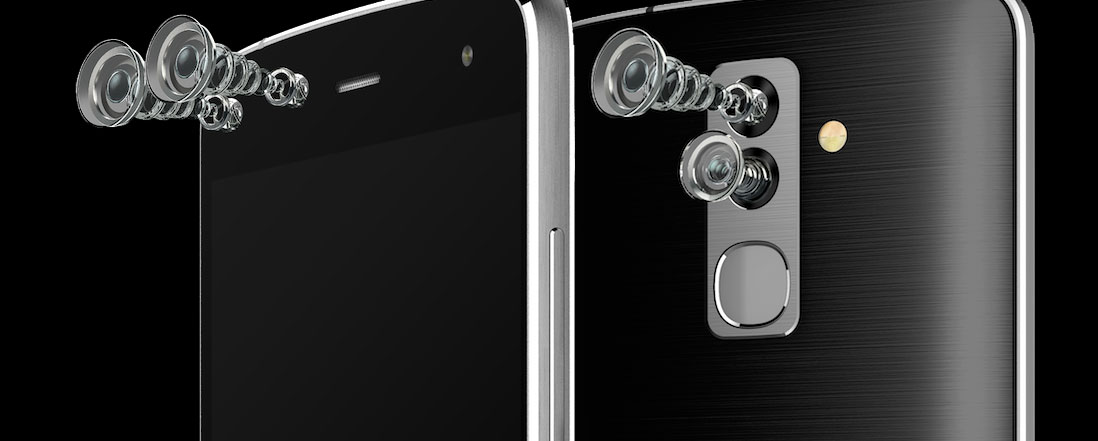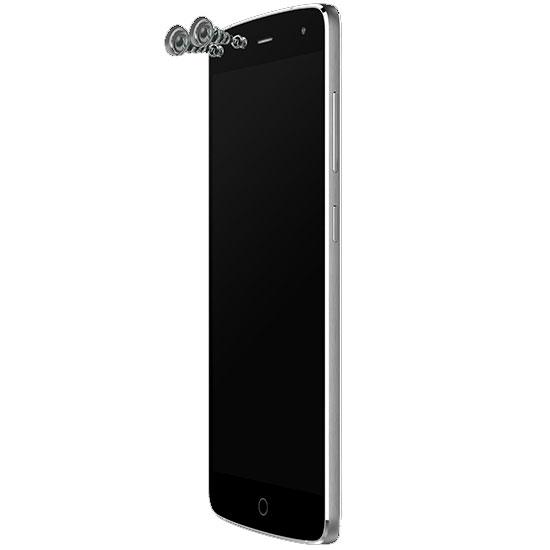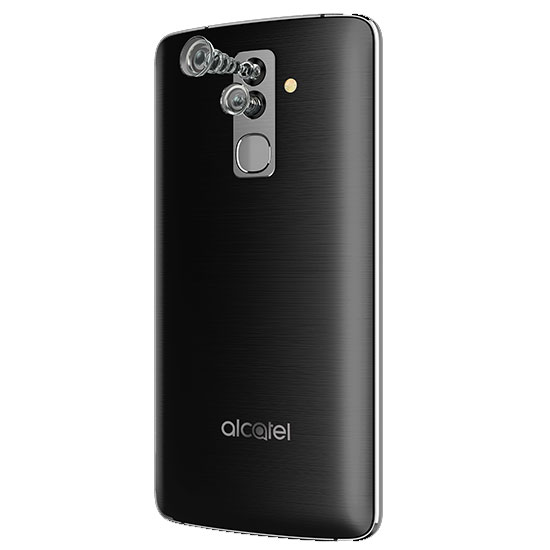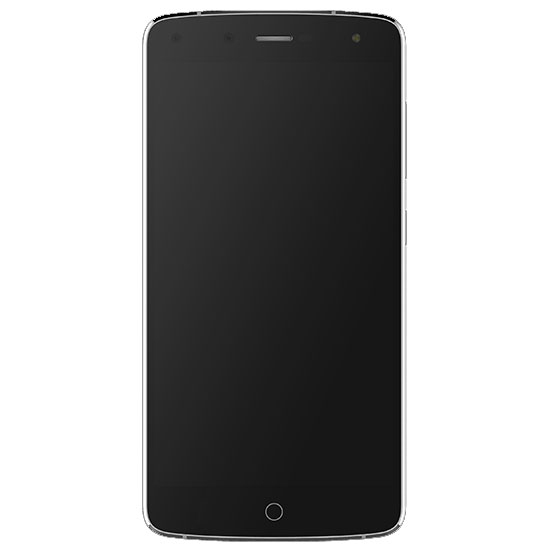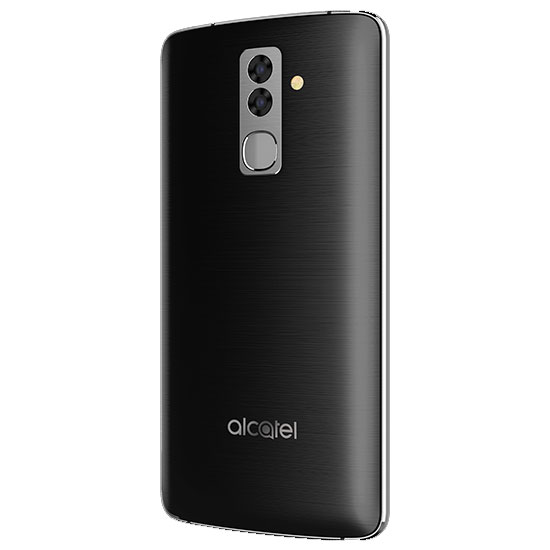Big phone announcements tend to garner big press, but while Alcatel’s Flash could be big news, the company isn’t saying much.
Over in Saudi Arabia, Alcatel possibly has a bit of a game changer. A company that has been doing well to make its mark on the budget and mid-range sector much like Oppo and ZTE has something special that you’ll only find over in that part of the world, and it’s rather odd the company isn’t saying much about it.
It wouldn’t be too hard an argue to say the world is a little obsessed with the two rear camera thing, and whether it’s built to allow a jump between wide and standard lenses, standard and close (telephoto) lenses, or two types of images overlapped such as in the way Huawei’s Leica setup works, the double camera thing is beginning to take on the approach consumers are liking.
Here, the technology lets you get closer or provides sharper images, and while single camera technologies will definitely still exist, they have to be pretty special to make a dent.
Front-facing cameras haven’t changed much, though, with just a little more in the megapixel range added, and a very select amount of cameras featuring auto-focus, something the selfie camera hasn’t really had before.
But what if you had dual-rear cameras and dual-front cameras?
US website The Verge picked up on this very concept this week, as Alcatel announced and put online its “Flash” phone, a concept that provides technically four cameras in the one phone.
For those of you that love the technical side of things, that’s two 13 megapixel cameras made by Sony on the back acting as both colour and monochrome (not too far from how Huawei’s dual-camera setup tends to work), while the front relies on the combination of an 8 megapixel and a 5 megapixel camera.
And the technology for the rest of the camera appears keen to grab attention, too, offering a ten-core processor from MediaTek, 3GB RAM, 32GB storage and microSD slot to add more when you need it, a fingerprint sensor, and a 5.5 inch Full HD display, with this combination putting the Alcatel Flash close to other high-end flagships, at least on paper.
One thing gives us pause, such as Android M (6.) being made available for the phone, a little out of date when you consider Android N (7.0) has been out since late last year, though the inclusion of sapphire crystal glass covering for the cameras is handy, as is the inclusion of Gorilla Glass’ rival, Dragontrail Glass.
However, while Pickr normally adds smartphones to its Trackr system the moment they’re announced, we’re holding off on this one at least for the moment, because as much as a mid-range mobile with four cameras and a ten-core processor might raise those eyebrows to the point where even Alcatel’s marketing managers might excitedly shout “let’s bring this thing down under”, we’re going to wait until there’s the slightest bit of confirmation from its local arm.
While Alcatel isn’t exactly a small player locally, it’s also not a massive one either, and the majority of Alcatel devices we see here tend to arrive made for budgets and branded under a telco’s name, such as was the case with the Optus X Sleek.
We’ll nudge Alcatel’s local people about this and see if the Flash will be making its way to Australia, because given the feature set, we bet more than few will hold an interest in this phone, especially if the price is right.


